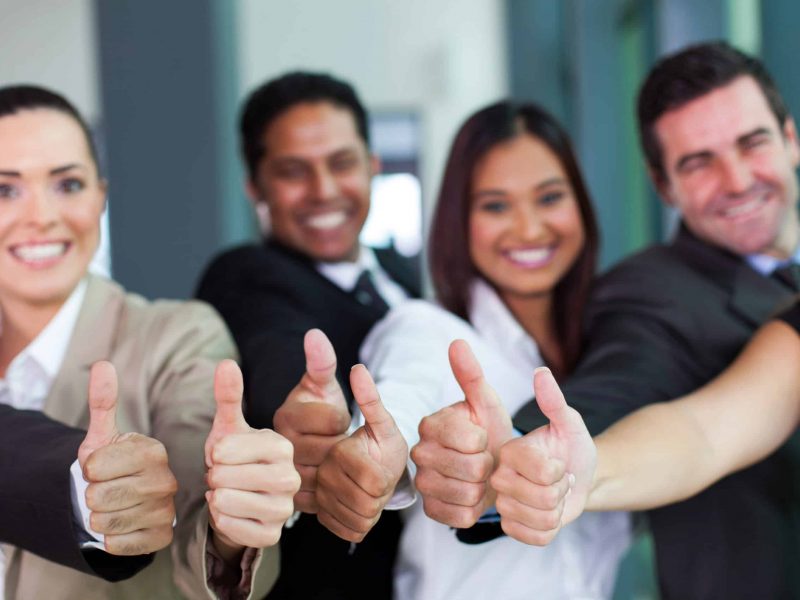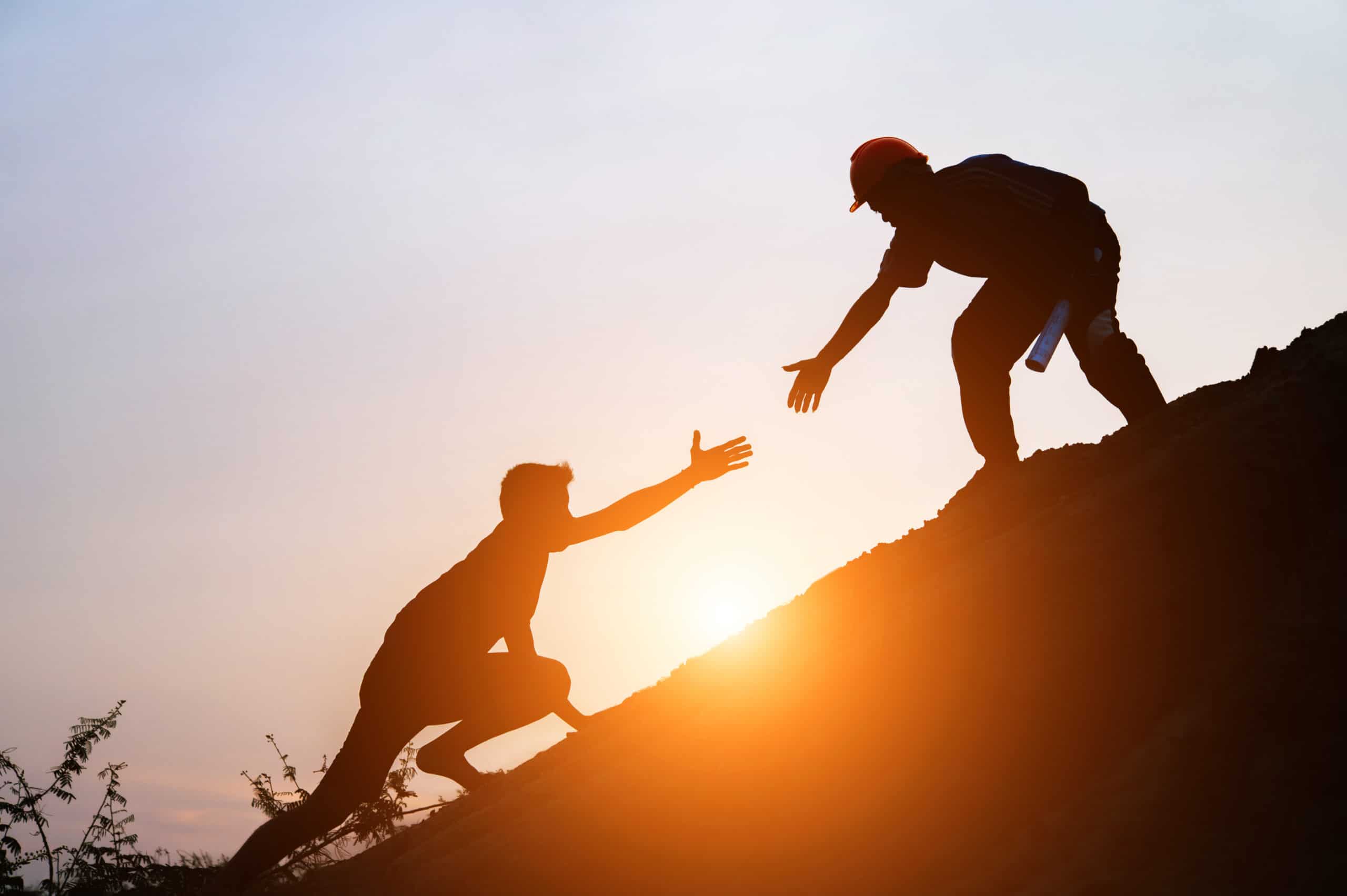It’s an unfortunate fact that even people who actively avoid stereotypes of culture and race still sometimes find themselves fighting against unconscious biases. Unconscious biases are called just that because we often don’t even realize that we hold them. Regardless, they affect how we treat team members when it comes to inclusion and they affect how we go about hiring processes affecting diversity in the workplace.
In this article, we will identify some different types of unconscious biases as well as three ways to identify and rid yourself of them.
What Are Unconscious Biases?
An unconscious bias is a prejudice or stereotype about individuals or groups of people that we are not consciously aware that we have. It could exist toward people of different ethnic groups, gender identities, sexual orientations, physical abilities, or races.
Unconscious biases, as we mentioned earlier, negatively impact the inclusivity of the workplace and the diversity of the workplace due to the way they affect the recruiting, hiring, and promotion processes.
Because this type of bias is subconscious, the attitudes that we hold against different groups can be hard to identify and rid ourselves of — even if we really want to. Most people with unconscious biases have had them since early childhood and can affect everyday behavior without even noticing.
Here is a list of some of the different types of biases that may be subconscious:
- Affinity bias. The tendency to think highly of people who are similar to yourself in areas such as background or personal interests.
- Confirmation bias. The tendency to draw conclusions based on your own desires or beliefs rather than objective information.
- Conformity bias. The tendency to sway your opinion of someone based on the opinion of the rest of the group.
- Gender bias. The tendency to prefer one gender over another.
- Ageism. The tendency to have negative feelings about someone based on their age.
- Beauty bias. The tendency to believe that people who are attractive are somehow more (or less) competent and qualified.
This is by no means an exhaustive list of every type of bias. If you want more in-depth information about these biases and more, you can check out this article.
How to Check Your Biases
In this section, we will give you three easy tips that you can use to identify and decrease your unconscious biases.
- Acknowledge that you have them
We understand that this tip seems a little bit counterintuitive; how can you acknowledge that you have something that you are not aware of? At the same time, you must understand that, as humans, we all have internalized or subconscious biases in some way or another. The University of Alberta quoted Candy Khan, a PhD candidate who has spent years helping people to discover their unconscious biases, as saying that “people who deny they carry biases they don’t know about is like claiming you can see the back of your own head without using a mirror.” - Let others challenge your assumptions
If someone challenges your opinion or viewpoint of a person, group, or situation, it can be uncomfortable, but try not to become defensive. Let yourself take in their opinion and try to see their side of the coin, so to speak. Approach the situation with a viewpoint of curiosity and positivity. - Be open to feedback
As humans, we all want positive affirmation, but if you are a leader, you cannot truly grow unless you are sometimes getting criticism. This is important to help you grow as a human and as a leader. You must be open and accepting of any constructive criticism that you receive, especially if it challenges your previously-help beliefs about a person based on their culture, race, gender, age, etc.
Grow to Become More Inclusive
Our leadership series part 3 will dive into inclusivity in the workplace even more deeply. If growing as a person and a leader interests you, why not take a look at our upcoming event?




